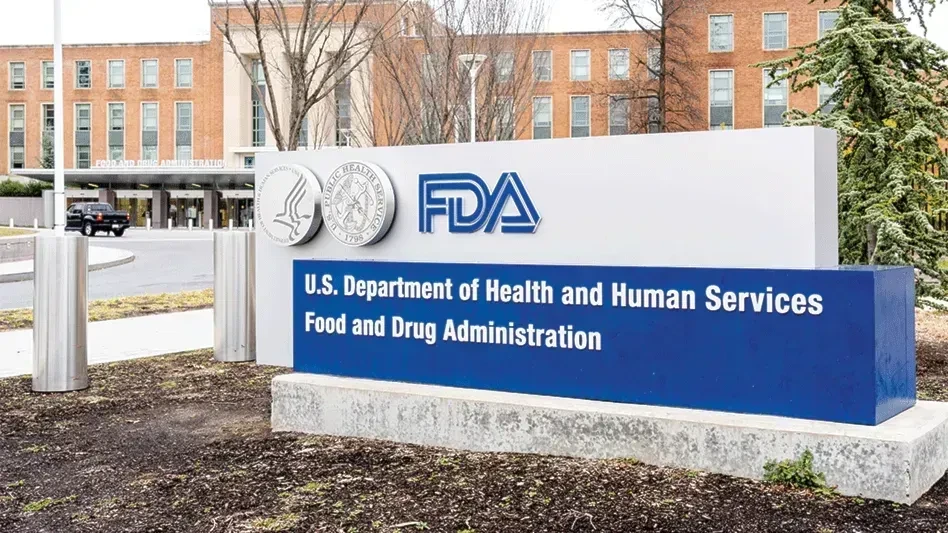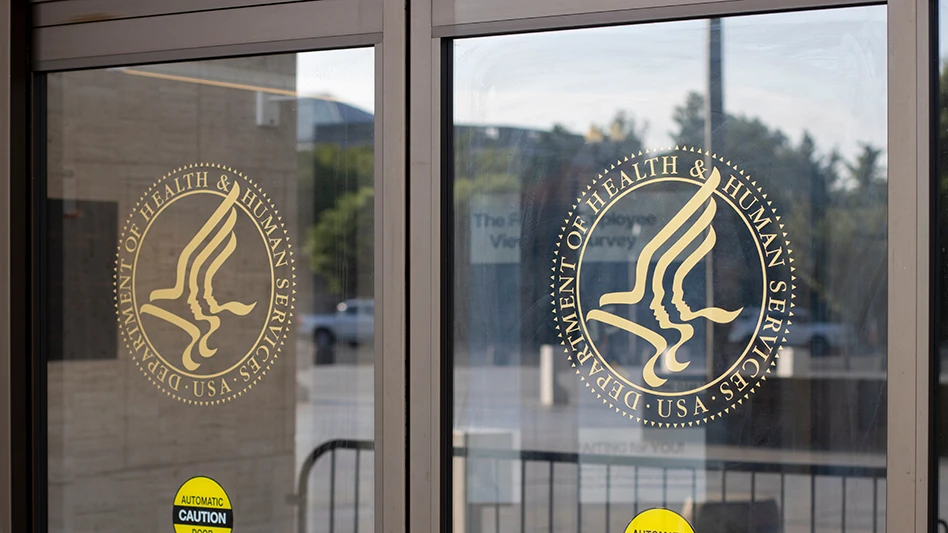
Children ages 2 to 18 should eat or drink less than six teaspoons of added sugars daily, according to the scientific statement recommending a specific limit on added sugars for children, published in the American Heart Association journal Circulation. Six teaspoons of added sugarsis equivalent to about 100 calories or 25 grams.
“Our target recommendation is the same for all children between the ages of 2 and 18 to keep it simple for parents and public health advocates,” said Miriam Vos, M.D., Ms.P.H, lead author, nutrition scientist and associate professor of pediatrics at Emory University School of Medicine in Atlanta, Georgia. “Children who eat foods loaded with added sugars tend to eat fewer healthy foods, such as fruits, vegetables, whole grains and low-fat dairy products that are good for their heart health,” said Vos.
Eating foods high in added sugars throughout childhood is linked to the development of risk factors for heart disease, such as an increased risk of obesity and elevated blood pressure in children and young adults. The likelihood of children developing these health problems rises with an increase in the amount of added sugars consumed. Overweight children who continue to take in more added sugars are more likely to be insulin resistant, a precursor to type 2 diabetes, according to the statement.
“There has been a lack of clarity and consensus regarding how much added sugar is considered safe for children, so sugars remain a commonly added ingredient in foods and drinks, and overall consumption by children remains high – the typical American child consumes about triple the recommended amount of added sugars,” said Vos.
The statement was written by a panel of experts who did a comprehensive review of scientific research on the effect of added sugars on children's health, which presented challenges common to this kind of nutrition research. The expert panel also recommended that added sugars should not be included at all in the diet of children under the age of two. The calorie needs of children in this age group are lower than older children and adults, so there is little room for food and beverages containing added sugars that don’t provide them with good nutrition. In addition, taste preferences begin early in life, so limiting added sugars may help children develop a life-long preference for healthier foods. Vos noted that the 2015 Dietary Guidelines for Americans, the World Health Organization and the Food and Drug Administration recommend that added sugars should make up less than 10 percent of calories, which aligns with these guidelines.
Added sugars are any sugars – including table sugar, fructose and honey – either used in processing and preparing foods or beverages, added to foods at the table, or eaten separately. Starting in July 2018, food manufacturers will be required to list the amount of added sugars on the Nutrition Facts Panel making it much easier to follow the recommendations in this scientific statement.
Latest from Quality Assurance & Food Safety
- USDA Withdraws Proposed Salmonella Framework for Raw Poultry Products
- IDFA Commits to Eliminating Certified Artificial Colors in School Dairy Foods
- ACC Central Kitchen Recalls Pork Buns Due to Undeclared Allergen
- Kim Heiman Elected to Second Term as President of Wisconsin Cheese Makers Association
- FAO Launches $150 Million Plan to Restore Ukrainian Agricultural Production
- Pet Food Company Implements Weavix Radio System for Manufacturing Communication
- Penn State Offers Short Course on Food Safety and Sanitation for Manufacturers
- USDA Announces New Presidential Appointments





